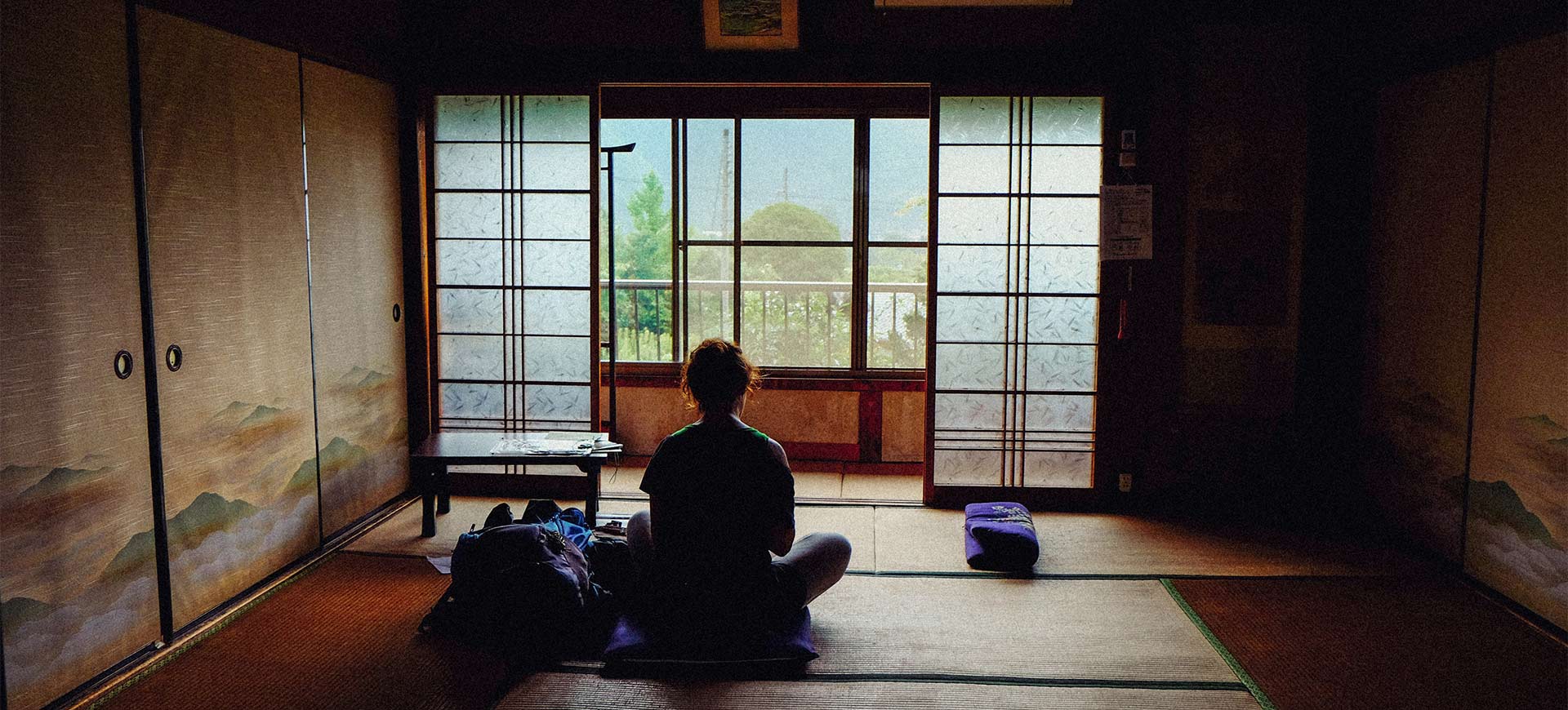
Teaching Yoga in Multiple Languages
One of the biggest advantages I have as a yoga teacher is my 3 languages. I am fluent in English, Spanish and Filipino. The way I approach my classes changes depending on the language I use. I find that I am more informative and technical in English, especially when it comes to explaining anatomy and yoga. I am more casual when I use Spanish in my sessions. Lastly, I was most comfortable with my Filipino yogis because I knew exactly what I needed to say for my lesson to ‘hit home’. Each class had a different dynamic which reflected the culture of the yogis in attendance. More importantly, a level of trust was built because I, as their teacher, made an effort to provide a better experience for my yogis.
A bond is built when one learns a language. You become part of a new community as you are exposed to a different way of thinking. Your professional and personal reach is increased–all good things to have in one’s career path. After all, professional growth is about branching out. When I was living in Madrid from 2015-2019, I taught Aerial Yoga classes in English because I knew that no one else was doing that back then. There were so many English speakers that wanted to attend my classes as well as Spanish and French speakers that wanted a different way to practice their English. I had workshops in all parts of the city, private classes, and/or events. I even held a 2-hour Aerial Yoga class for bachelorette parties. It was niche marketing at its finest! Unfortunately, the pandemic happened, and we had to move to a smaller city. I thought that this business model wasn't going to work in a predominantly Spanish-speaking town. Still, I tried to test the waters. In September, my boss and I started offering aerial yoga classes for kids in English. To our pleasant surprise, there was a demand for it!
So how do we do it? How do we get started? Do we have to have a very high level of the language we teach in? In this article, we will explore the expectations and realities of teaching in multiple languages. After this piece, we hope that we can inspire something to offer for your yogis.
Although this may sound tiring–and it might be at first, once you get into a rhythm with your yogis, teaching in this format will come much easier.
Why offer Multilingual classes?
Multilingual classes broaden your reach as well as increase the value of your classes; 2 types of classes for the price of one. As a brand, it sends a message that you or your establishment is more inclusive or welcoming to different cultures. Hiring teachers from different backgrounds sets you apart from other studios or the rest of your colleagues almost immediately. It shows that you embrace everyone in your community.
Is teaching in Multiple Languages right for my studio and me?
Yes, and maybe. Yes, because you usually cannot go wrong with teaching classes in another language–still, I don’t want to give such a finite answer since each establishment or teacher is different. I said “yes” because teaching in a different vernacular opens your doors to new sets of clients. “Maybe” because it depends on the demographic you want for your studio. If you have more senior yogis or your studio is in a smaller populace that speaks a different dialect, then you should stick to classes in your native language. My town has a population of 82,000 people and speaks a different language. However, we have many neighboring villages, and we are a tourist region. If you live in a city, then take advantage of the cultural hub. Hire multilingual teachers or teach multilingual classes. Take some time to reflect on what your business needs are. You can even create a focus group to get the statistics you need.
Do I have to be a native-level speaker in all the languages I want to teach in?
No, but you need to have an intermediate level in the other language you want to teach. I was a “starting intermediate” in Spanish when I gave my first yoga class. So I used simple words, working with the vocabulary I had on hand, and mostly used my body to demonstrate the poses. It was similar to a game of charades most of the time. My yogis greatly appreciated the effort I made to make sure they understood our sessions. In addition, seeing me struggling in Spanish became a confidence builder for them. In the end, we built a reciprocal relationship wherein I taught them yoga, and they taught me Spanish. Eventually, all of us progressed in our endeavors, with our bonds taking a firm hold.

What can we expect when you offer classes in multiple languages?
Expect a yogi roster with a mixed level of languages you offer. For example, when you offer yoga classes in Spanish and English, you will get native speakers in both languages, you will get people who are studying English or Spanish but want to be exposed to a “real setting”, and in turn, are exposed to that practical application of the language. Whatever the case, there will be a degree of code-switching (changing languages in the middle of a conversation) throughout the session. The classes may also have more explanation than a normal class because you are trying to make sure everyone understands what you want them to do in the session. Although this may sound tiring–and it might be at first, once you get into a rhythm with your yogis, teaching in this format will come much easier.
What should we keep in mind as teachers in a multilingual class?
It is a yoga class first. The language part of the class is a bonus. You are not there to help them communicate better. You are there to help them understand your yoga class in a more comfortable way. Use gestures more than words, especially if you feel that there are some yogis struggling to understand you. Next, keep your wording simple. Don’t explain with anatomical terms unless you know them in both languages. Also, sometimes Sanskrit helps yogis who have been doing yoga for a while. They may not know “Forward Fold”, yet when we say “Uttanasana”, they go right into position. In time you’ll have a developed teaching script for your yogis.
Teaching in multiple languages is one of the fastest ways to broaden your client list. It inspires trust and safety in your yogis because you are making an effort to relate with them. Which makes them feel cared for in your classes. The only way to get better at teaching in multiple languages is to keep doing it. When you achieve this rapport with a group, you will build a sense of community and belonging– which is what we want most from our studios and classes.






